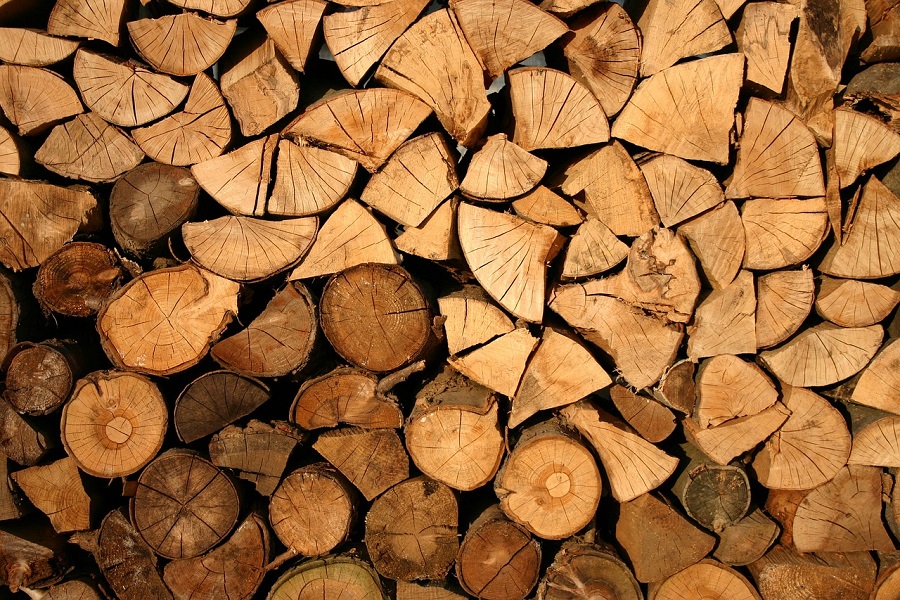In recent years, the chemical recycling of plastic waste has attracted global interest, since it is necessary to reduce its impact on the environment. As a result of this, a new concept called “upcycling” has emerged, whose objective is the recovery of said plastic waste. This type of recycling consists of the depolymerization of macromolecules to give rise to products with high added value. In this way, it contributes to a sustainable solution that, in turn, favors the transition from a linear to a circular economy.1
One material that shows promise in this new form of recycling is lignocellulose, which is nature’s most abundant ecological resource. This is made up of cellulose (30-50%), hemicellulose (20-35%) and lignin (25-35%), the latter being of great potential as it has a rigid structure and aromatic rings. The depolymerization of lignin involves the breaking of C-C or C-O bonds, which if carried out selectively gives rise to the formation of aromatic compounds with high added value.

1 Abu-Thabit et al., N., J Chem Technol Biotechnol., 2022; 97: 3217–3240
2Xu, J. et al., Green Chem., 2022, 24, 5351–5378
3Wang, X. et al., ACS Sustainable Chem. Eng., 2022, 10, 11555−11566
An emerging strategy in recent years that provides mild reaction conditions and high product selectivity is photocatalysis. The combination of this process with the depolymerization of lignin would mean a transformation of the biomass into chemical products with high added value through solar energy. In addition, the different units that make up lignin give rise to a wide variety of aromatic compounds such as benzaldehyde or phenol.2,3
Given these properties, the ICMM-CSIC Mat-SusApp group (Dr. Eva Maya) is focusing its research on the depolymerization of lignin by photocatalysis, prioritizing the use of heterogeneous catalysts. Based on a lignin model compound and through the use of a catalyst, a photocatalytic oxidation process is being carried out, thus obtaining aromatic compounds with high added value.

